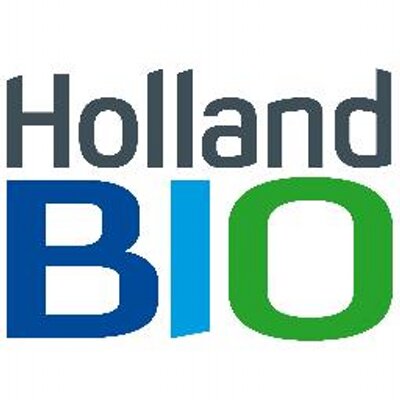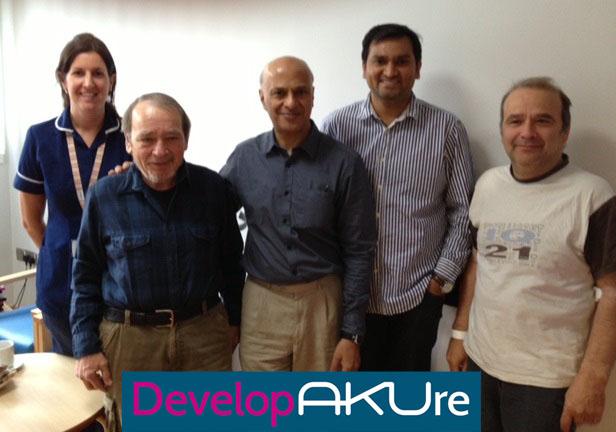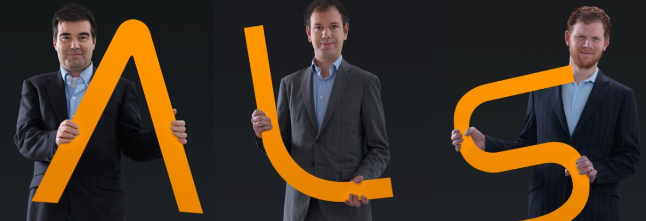Last week, Oliver presented the DevelopAKUre project at a meeting for the Dutch Organisation of Biotechnologies Companies (HollandBIO). DevelopAKUre has close links to the Dutch company, PSR, who act as the medical monitors in our clinical trials. This week’s blog talks about highlights from the meeting and why DevelopAKUre is such a great example of patient engagement in clinical trials.

HollandBIO represent over 120 Dutch biotech companies and organise regular meetings to discuss innovations in their sector. I was invited to present at one such meeting last week, which was based around the idea of better involving patients in clinical research.
The first speaker, Marco de Boer, is the author of a thesis – From Passenger to Pilot: the importance between patients and biotech. His main question was “How can patient involvement lead to a more effective drug development process?”
Marco is a proponent of utilising the skills and knowledge in patient organisations to improve clinical research. He believes that better engagement can speed up the process, meaning that treatments could reach patients quicker. The two areas he sees patient organisations having the biggest impact is on drug development times (by ensuring that the correct aspects of the disease are studied) and patient recruitment (by using existing patient databases and communities).
I was up next, speaking about how the DevelopAKUre clinical trials put these ideas into practice. DevelopAKUre was founded by the AKU Society. It’s unusual for a patient organisation to be involved in clinical research, which means it’s almost unheard of for a patient organisation to found and play a leading role in a clinical trial. However, we saw no other way to properly investigate the potential drug, nitisinone, for use in AKU patients.

As a lead in DevelopAKUre, the AKU Society fulfils the roles that Marco suggests. We led on patient recruitment, using our existing relationships with patients to reach our target numbers, and now lead on patient retention. Much of our work is about engaging with patients to ensure that they are well informed of the research into nitisinone, that their questions are answered and that they feel part of the larger community of AKU patients across Europe and beyond.
Much of the restructuring of the pharmaceutical industry that was discussed is about using existing resources in new ways. Nitisinone is a drug that was licensed for another disease, tyrosinaemia type I, and is now being repurposed to potentially be used in AKU. Patient organisations used to offer support to patients but be excluded from clinical research. Now, their tools, such as existing patient databases, real-life interaction with disease, and patient communities can all be repurposed too, with the goal to improve clinical trials to hopefully lead to quicker and more effective treatment for our patients.
Strangely, the idea of repurposing existing resources was reflected in the venue for the meeting. The event was held at the Winkel van Sinkel café in Utrecht, the Netherlands. It’s a beautiful building, opened in 1839 as the first department store in the Netherlands. The name literally means the shop (winkel) of the van Sinkel family; but was so catchy that it came to mean a place where you can find anything. It’s now a café, club and meeting space; well known for introducing new ideas. That made it appropriate for a meeting that aimed to discuss fundamental changes to clinical research.

The final speaker was Bernard Muller, an ALS patient and founder of a new company called Treeway. Treeway is essentially a pharmaceutical company, founded by patients, to find a cure for ALS. Bernard couldn’t find hope for a treatment anywhere else so decided to find that hope himself. As he explained, “one man can and will find a way, why not be that man?”

Bernard ended his talk with a quote from Buckminster Fuller, an American Scientist famous for discovering a new structure of carbon, called Buckminsterfullerene. The quote, I think, summarises how the new concept of involving patient organisations at the heart of clinical research will be a game changer for the pharmaceutical industry – “You never change things by fighting the existing reality. To change something, build a new model that makes the existing model obsolet”.
